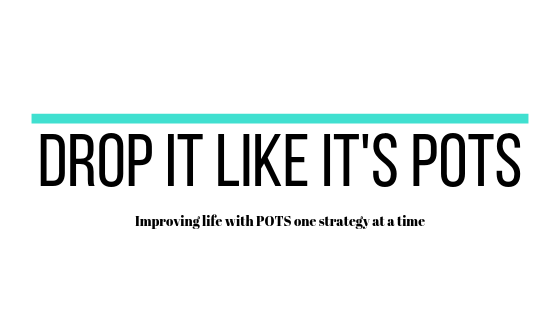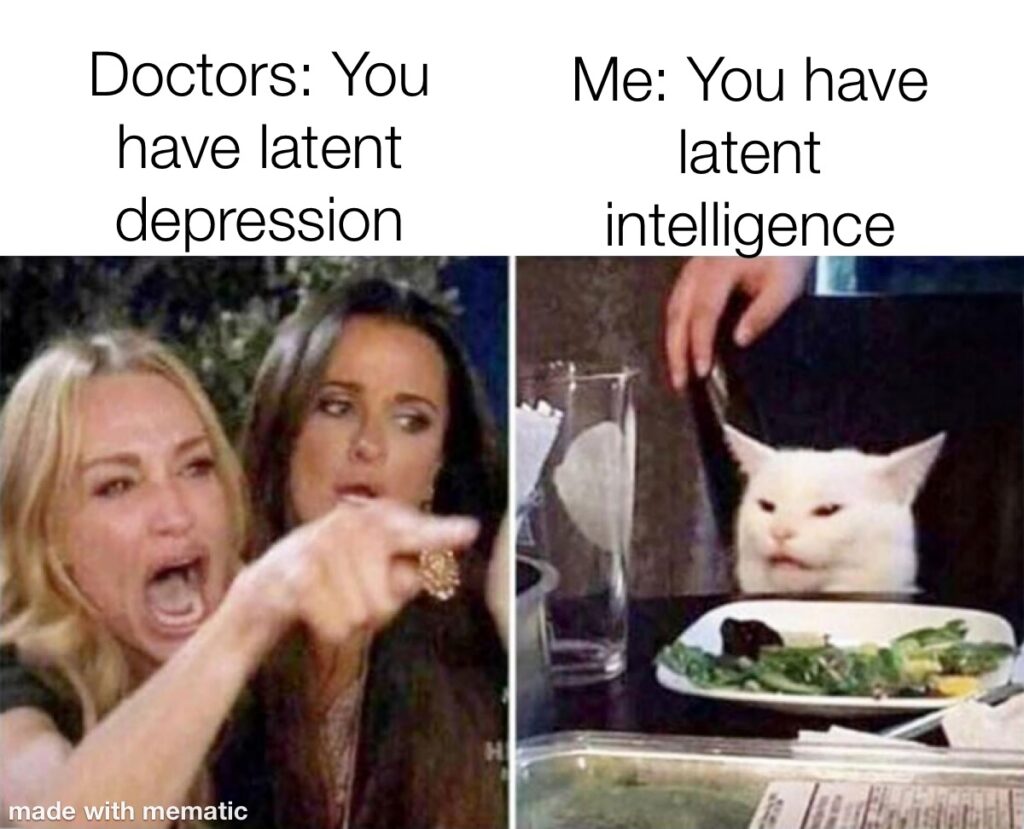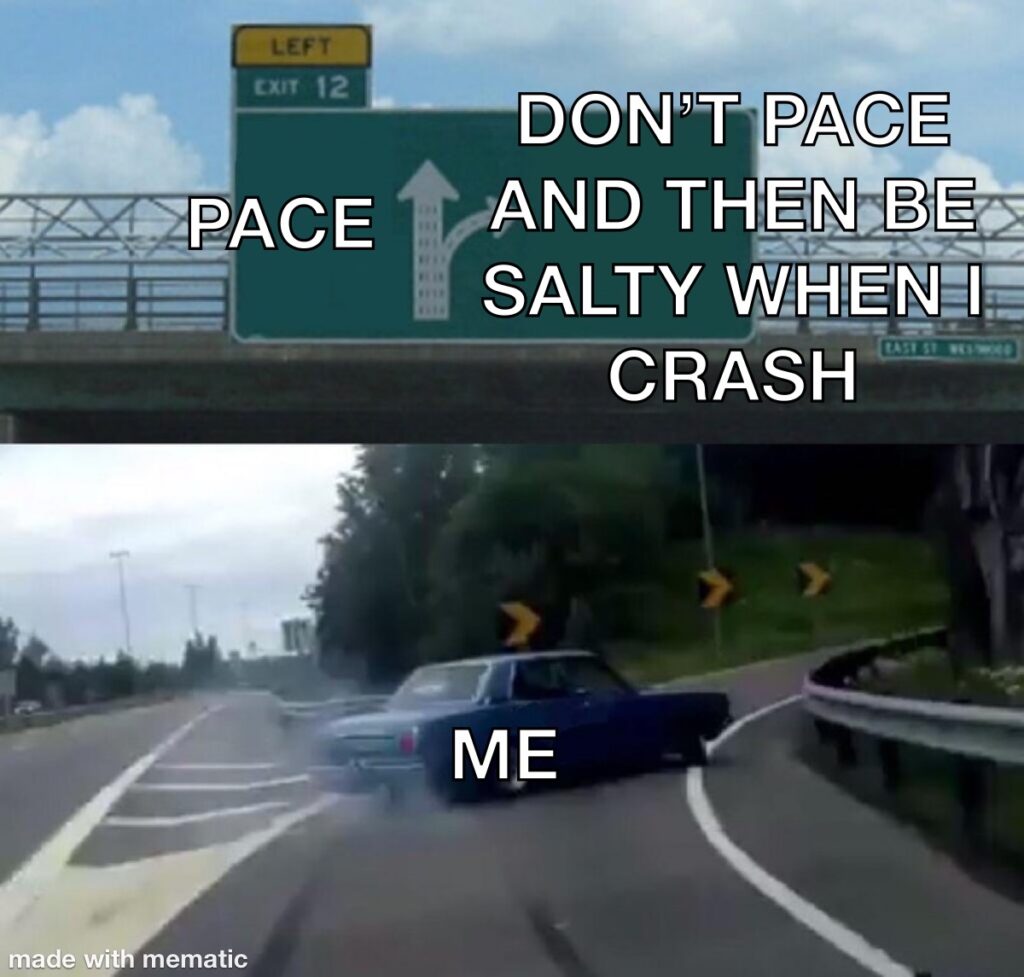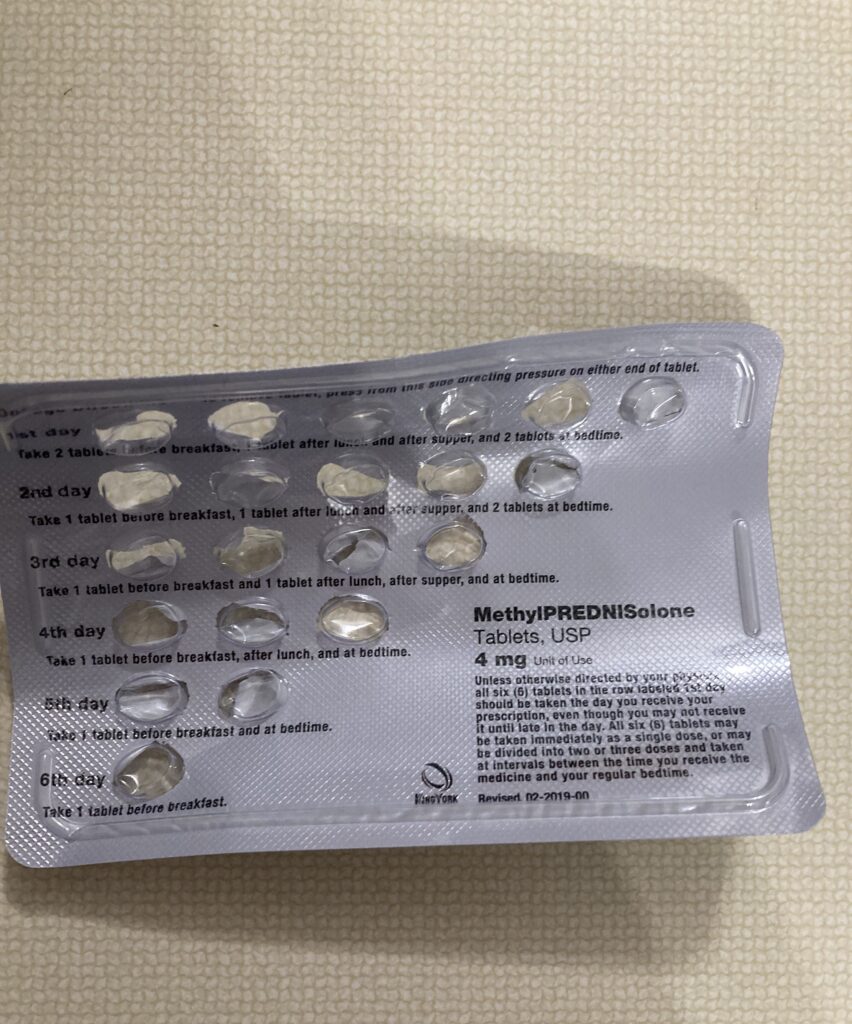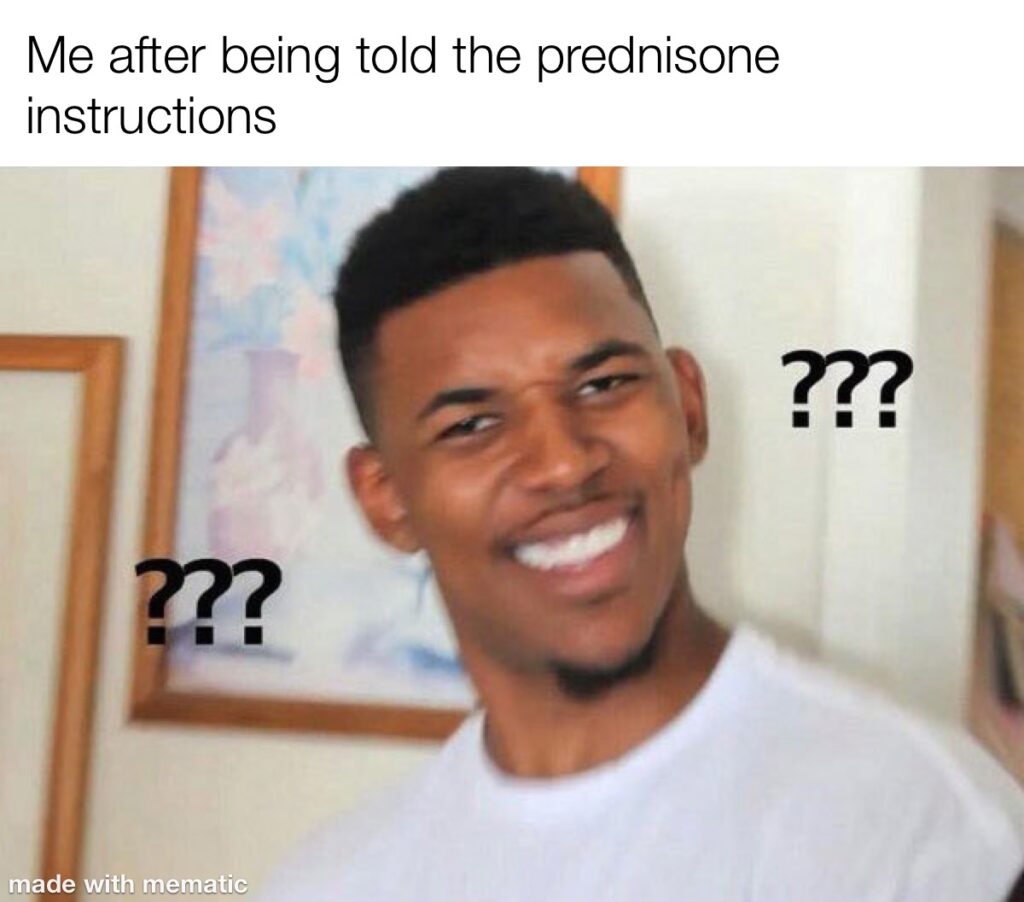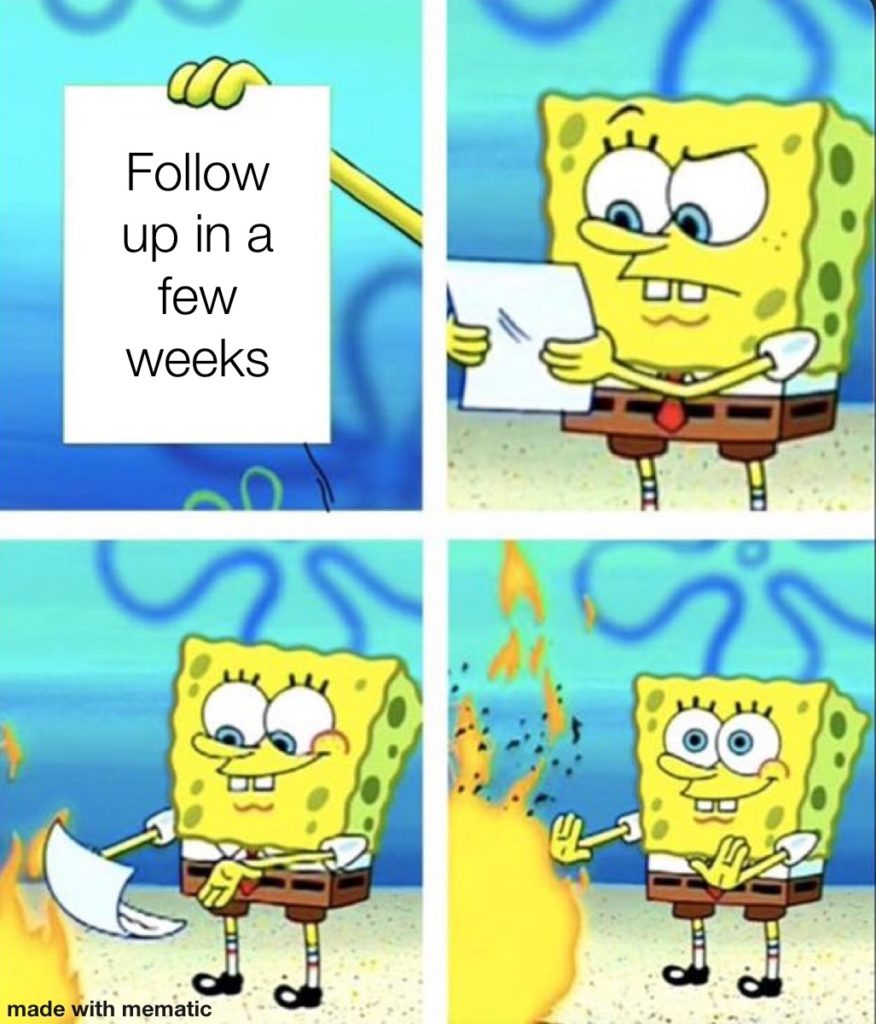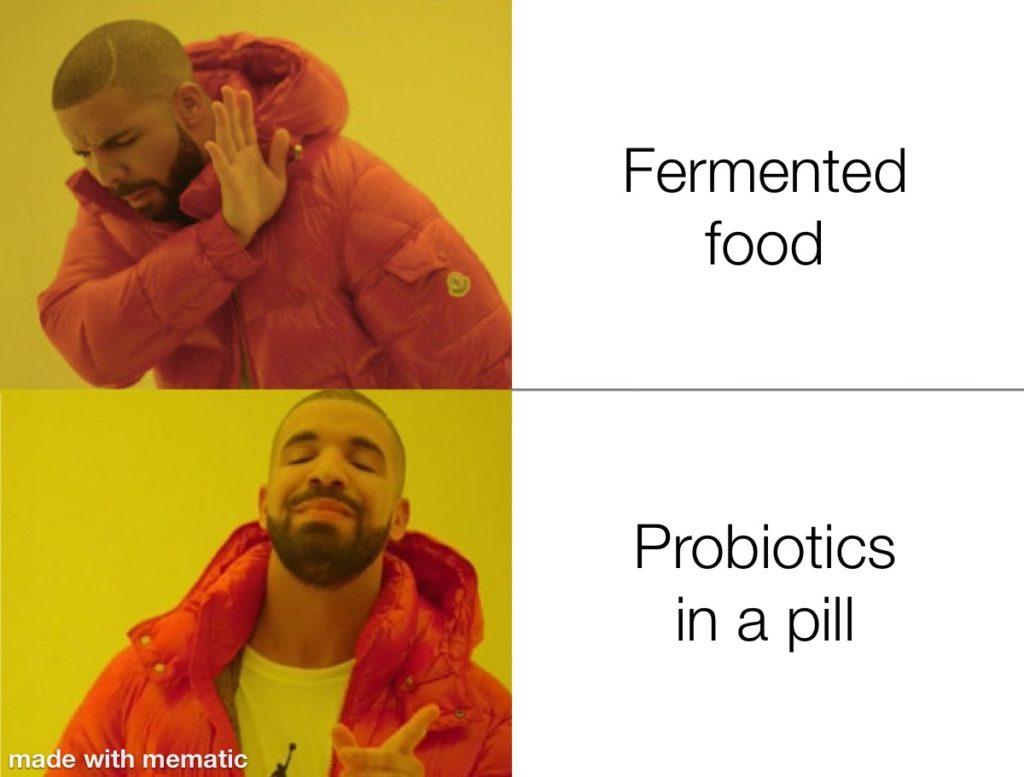I have previously written about dry eyes as it is common among people with Dysautonomia.
This summer, I hit a rough patch of dry eyes. My contacts were fogging up after an hour and were intolerable to wear, the dry sensation was more frequent, and I was experiencing a mild burning. Nothing I was doing would bring relief, so I decided to see a dry eye specialist.
The dry eye specialist did a battery of tests and determined that my meibomian glands were not secreting much oil due to multiple factors including inflammation and telangiectasias around my eyes. As a result, my tear break-up time was abysmal. Due to the dryness, I also had irritation along my sclera due to friction. Luckily, my cornea was still healthy.
After the treatments and interventions that I discuss below, my eyes are in much better shape. My contacts are no longer foggy and I can tolerate them, the mild burning occurs less frequently and less intensely, and my eyes feel less dry overall. My eyes are also better objectively. The doctor said my tear film looks stable, there is significantly less irritation on the sclera, and my meibomian glands look healthy and are expressing liquid oil rather than toothpaste-consistency oil.
This winter, I decided that I would like to see more improvement, so I tried a few other things and noted them as updates under some of the headings.
IPL
Intense pulsed light (IPL) is an FDA approved treatment for dry eye. It works by decreasing inflammation, removing telangiectasias which can impair meibomian gland function, and heating up the oils in the glands so that they flow easier.
The doctor puts eye shields in to protect the eyes, applies gel to the face, and does several passes around the eye area with the IPL device. My doctor also hits the cheeks, chin, and forehead with a different attachment. This is for extra measure to treat other potentially contributing telangiectasias, kill the demodex mites that live on the forehead, and to even the esthetic benefit out.
The procedure is mildly painful. The absolutely necessary application areas didn’t hurt at all to me, but the chin and cheeks smart a bit. It’s more startling than anything because it gives off a bright flash of light that you still sense despite using eye shields followed by a snapping sensation.
I did 4 sessions of IPL and began to see a difference after the 3rd session. This was a huge game changer for me and I am happy with the results.
Expressing and debridement
Before one of my IPL sessions, my doctor did a quick debridement of the lower lid, which was basically a quick scrape with a metal tool. It felt weird, but it wasn’t painful at all. After each IPL session, she would put a heat mask on and then express my glands using a special tool. I think this amplified my results.
Eyesuvis
Eyesuvis is an eye drop for the treatment of dry eye flares. It is a steroid that can be used in short-term bouts. My doctor says that she likes it because it has less risk of complication than other steroid drops.
I did not notice any improvement using this. However, I keep it on hand if I feel like it’s worth a shot. For example, the eye shields from IPL are somewhat irritating, so I use Eyesuvis for a day or two after IPL sessions.
Miebo
This is a new eye drop that just came available in the states this fall. It is made of perfluorohexyoctane.
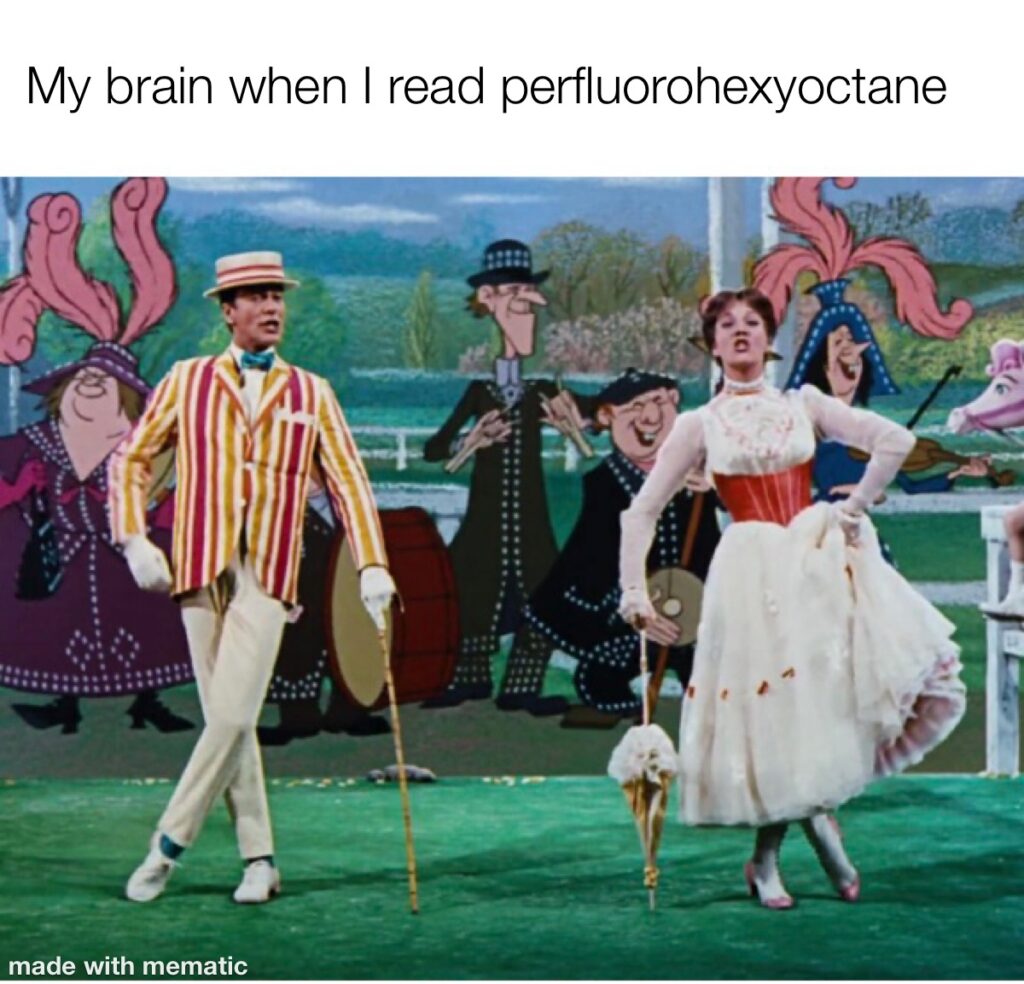
It basically creates a fake oil layer in your eye so that your tears do not evaporate as quickly. I go back and forth on my opinion of it. I think it gives longer relief than most drops I have used. It can be used up to four times per day. On glasses days, I will use it a couple times per day. On contact days, I only use it once or not at all. You cannot use Miebo with contacts in and have to wait 30 minutes after instilling the drop to put in contacts. One tip I have noticed with this is that it works much better if you close your eyes and plug your tear ducts with your fingers for 1-2 minutes after instilling them.
Update- I have been using either Allegro drops or gel drops like Celluvisc instead of Miebo lately. I don’t know why, it’s just what I’m reaching for. I still have Miebo around and maybe I’ll experiment with it more again in the future. Sometimes Miebo feels dry to instill. I’ve heard it suggested to put in an artificial tear, waiting 5 minutes, and then put in Miebo. I can see the appeal of that, giving Miebo something to retain.
Allergy Eye Drops
My doctor thought that allergies may be contributing to inflammation in my eyes as well, so she recommended allergy eye drops. You can pick these up over-the-counter. I used Zaditor and it did not make any difference. I do not use these any more because it’s not worth the preservatives if it doesn’t work. Unfortunately, I cannot find any allergy eye drops without benzalkonium chloride, and that preservative is frowned upon for dry eyes.
Update- I also tried Lastacaft with no change. My doctor also recommended this drop that is newer to the states called Allegro. She said her patients with both dry eye and ocular allergies like it. It can also be used with contacts, which is nice. Allegro is not an antihistamine, but addresses ocular allergies with a different mechanism. I haven’t used it enough yet to fully evaluate it at this point.
Changing contacts
I have been experimenting with different contacts and that can also make a difference. I was formerly using Acuvue Oasys for Astigmatism (2 week) lenses. These don’t always last the full two weeks comfort-wise. I recently added Acuvue Oasys Max 1-day lenses in my arsenal and like to mix it up. Even when my eyes were awful (before I had completed IPL), I was able to wear these lenses all day long. I’m currently deciding whether to switch to them full-time now. They are significantly pricier, but they are magnificent.
Blinking exercises
Blinking exercises help strengthen the muscles in the eyelids to allow for a more complete blink. Incomplete blinking contributes to dry eyes. I incorporate these throughout the day, especially after doing warm compresses to express oil.
Gel drops at night
At my eyes’ worst, I would wake up and barely be able to open my eyes because they were so dry. I tried a couple types of nighttime eye drops, and the Genteal gel is my current favorite. It works all through the night, feels glorious, and is easy to use.
Punctal plugs
Punctal plugs are used to occlude one of the tear draining orifices to help tears to stay on the eye longer. My doctor recommended temporary, dissolvable plugs for me. I haven’t gotten these yet, but have it in my back pocket as an option.
Update- I decided to try plugs earlier this winter. It did not work for me. My eyes became way more dry and were itchy near my tear duct. My doctor isn’t totally sure why that happened because it didn’t appear like I had enough uncontrolled inflammation or allergies to produce that result. Who knows. The doctor flushed them out of my eyes and they improved gradually after that to go back to baseline.
Lipiflow
This procedure involves heat and pressure being applied to the meibomian glands to allow them to secrete more effectively. There are other similar procedures that accomplish the same thing such as radiofrequency, ilux, or mibo thermoflo.
Car Humidifier
My eyes always get super dry when I am in the car, so I put a humidifier in it. I just set this up the other day, so I’m not sure how much it helps yet.
Update- This didn’t do anything for me.
Hydroeye
Hydroeye is a supplement specifically for dry eye. It supports the three layers of the tear film to allow for more stable tears, and less dry eyes. I have taken high quality fish oil in the past and did not notice a difference. However, Hydroeye is a little different, so I figured it was worth a try. This is taken from Hydroeye’s website to describe why it is different than fish or flax oil:
“HydroEye provides the same omega-3s as flaxseed and fish oil. HydroEye now features EPA and DHA from highest-quality, USP verified fish oil. However, only HydroEye provides GLA (gamma linolenic acid). GLA effectively promotes the body’s production of anti-inflammatory compounds. Both GLA and the omega-3 from fish oils have anti-inflammatory actions, but only GLA has been clinically shown to decrease dry eye symptoms. Additionally, neither fish nor flaxseed oils contain other important nutrients that are included in HydroEye: vitamin B6 and magnesium to promote fatty acid metabolism, vitamin A to support the production of mucin in the tear film, and the antioxidant vitamin C to help fight the free radicals associated with inflammation.”
I just started taking this, so I will update in the future with my experience.
Update- After a full 60 days, I didn’t notice any improvement using Hydroeye.
Tyrvaya
Tyrvaya is a nasal spray that stimulates the trigeminal nerve causing an increase in tear production. After punctal plugs didn’t work out this winter, my doctor recommended Tyrvaya. I have only been on it for two weeks, so I can’t full evaluate it yet, but I think it’s already kicking in. I’ll update when I can full speak to how it worked for me. It’s interesting to use, you tilt the bottle towards the outside of your nostril rather than straight up like other nasal sprays. Shortly after instilling, it triggers a sneeze attack. It was more intense when I first began using it, but now it’s usually one or two sneezes with a bit of annoying nose itchy/throat irritated/eyes watery for a minute or two. I control the response by pressing my tongue on the roof of my mouth and breathing slowly. It’s not bad, in my opinion.
What has helped your dry eyes?
Disclaimer: I am not a medical professional. Statements on this site are not meant to be taken as medical advice. These statements reflect my personal experiences having mild-ish post-viral POTS and ME. Due to the wide spectrum of these diseases, comorbidities, and everyone being different, your experiences may be very different than mine.
Note: If you post a comment, this site does NOT have a feature to notify you of responses to your comment. I have not found a good solution for that yet. However, I usually respond to every comment in a timely manner, so be sure to check back.
